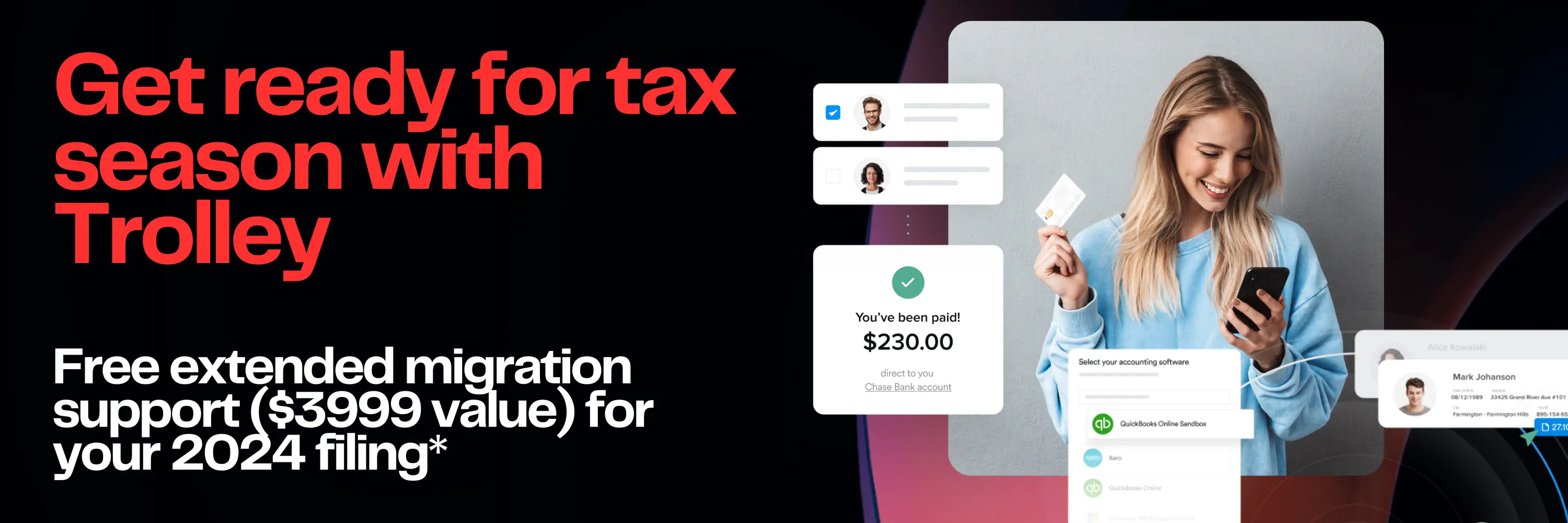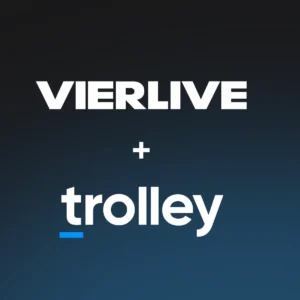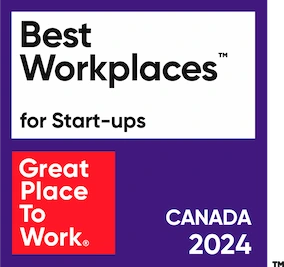It can certainly be beneficial to hire contract workers for short projects, filling skill set shortages on your team, accessing the best talent globally, and meeting your organization’s needs for part time, flexible workload.
However, working with contractors means that you need to collect a Form W-9 from each US-based contractor and a Form W-8 from each foreign contractor.
This process can be cumbersome to manage, especially if you’re working with several contractors at once. This becomes particularly challenging for marketplace-style companies and other business models that can have thousands of new “contractors” every month.
If you have no idea where to start, but know that you must do something to cut down on the time you spend dealing with the admin work related to contract workers, then you’ve come to the right place. Below, we’ve compiled some tips to get you started in streamlining your W-8 and W-9 contractor processes.
1) Create a central place to keep track of your contractors
Create a method of tracking the status of each contractor, and the documentation they have submitted. It’s easy to get disorganized with the documents and emails between all the contractors you’re dealing with. A simple method of doing this at first might be creating a simple Google Sheet.
If you’re not tracking contractors at all, this is a great starting point that gives a few benefits:
- One central place to see all of your contractors and their documents
- Ability to share with other members of your team to facilitate effective communication of documentation needed / processes already completed and any withholding tax you may have to apply to that specific contractor
This will also allow you to set up conditional formatting to highlight areas of missing information – like shown in the fields highlighted red in the image above.
2) Create a list of payments made to contractors
Keeping track of all the payments made to each contractor during the tax year will save you hours (or days) of work at the end of the tax year.
If you’re using an accounting system and keeping on top of our accounts payable entries, this should be a simple export. One thing your accounting system won’t track is the amount of tax you withheld, if that applies to you. Typically, the withholding tax remittance to the IRS will be reported as a single payment to the IRS in your Accounting software, and not broken out on a per-contractor basis.
Setting this up for each contractor can be a good first step to improving year end processes. The alternative to this would be digging through emails with invoices and reconciling them with the payments made do come up with this information, which is needed in the IRS filing.
3) Create a W-9 & W-8 Review checklist
This is a simple and powerful step to streamlining onboarding. The best way to do this is in a shared document with your team, so that everyone remains consistent in the onboarding process. The best practice here is making most checklist items yes / no questions, like the example below for a Form W-9:
- Is Line 1 – Name completed?
- Is Line 3 – Federal Tax Classification completed?
- Are there any exemptions in Line 4? If yes, take note of this in contractor file.
- Is Line 5 – Address filled out?
- Is Line 6 – City, state, and ZIP code filled out?
- Is Part I – TIN filled out? If no, make a note that backup withholding must apply (unless there is a valid exemption on Line 4).
- Is Part II – Certification signed and dated?
You should create a similar checklist for Form W-8, and walk through some examples of completed Form W-9s and Form W-8s with anyone in your company who is reviewing the forms.
Once you’ve created both, make sure you run them by a tax consultant to insure that you’re covering all your bases.
4) Use a ESIGN-compliant platform to digitize signatures
Having a contractor print, sign, scan, and email their signed Form W-9 or Form W-8 is time consuming and takes an excessive amount of time. Many solutions such as DocuSign and PandaDoc are compliant with U.S Electronic Signatures in Global and National Commerce Act (ESIGN).
Using a solution like one of these will allow you to save you and your contractors time in the onboarding process and allow you to quickly sort through and store the onboarding paperwork.
5) Plan for growth and scalability
The tips above can be a great starting point for streamlining your contractor onboarding. If your current process is ad hoc and manual, these steps will improve your team’s productivity by orders of magnitude by implementing them.
Of course, these solutions will most likely be a temporary solution to give your business a quick win. Once you’ve implemented these tips, you’ll likely want to explore software solutions that digitize and further streamline the contractor onboarding as well as payment solutions.
There are software solutions that can:
- Handle digital collection and validation of the data on Form W-9s and Form W-8s
- Help you make payments to all of your contractors in bulk
- Provide you with affordable rates on cross border payments to foreign contractors
- Digitize year-end processes such as the creation of the IRS e-file, automate physical mail and electronic delivery of Form 1099-MISC, 1099-NEC and Form 1042-S
- And more..
These types of challenges are ones that can easily be solved in an affordable way with the right software solution. For example, Trolley provides all of these benefits to its merchants.
Conclusion
This article outlines quick-win type tips that cost little to no money, but they can save you a ton of time when working on your contractor onboarding process and keep you compliant with the IRS. Keep in mind that these tips can be easily outgrown, and a more formal software solution is a better long-term plan.
**DISCLAIMER**
Trolley does not provide legal or tax advice. This article and any other articles on our blog should not be considered legal or tax advice. Should you require legal or tax advice, please contact a lawyer or tax consultant.
Simplify contractor tax compliance with Trolley
Trolley was built to make taxes easy for businesses and the people they pay. From automated W-8 & W-9 collection to the distribution of end-of-year IRS and DAC7 forms, Trolley takes the hassle out of 1042-S & 1099s so you can focus on what you do best.













